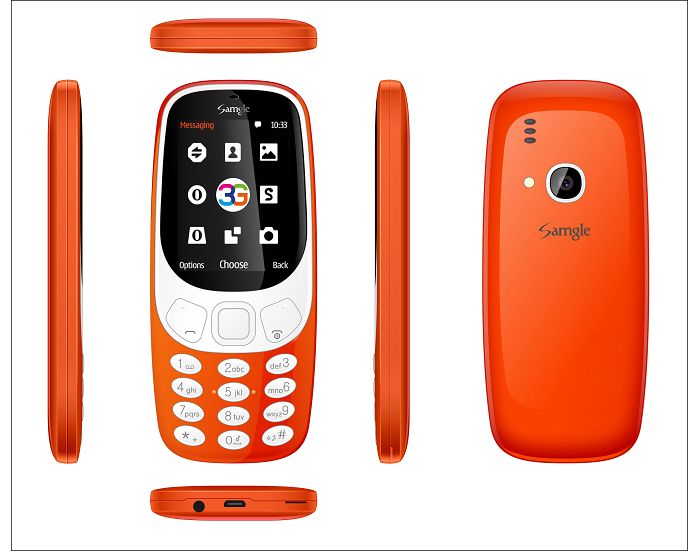


3310 Dual SIM Big Fonts 3G Cell Phone
-
Min Order
1
-
Product Unit
Pieces
-
Origin
China Mainland
-
Payment


- Contact Now Start Order
- Favorites Share
- Description
Product Detail
Samgle 3G 3310: which offers you the best visual experience like ever before, that will remain in your mind after using it.
Display:2.4" inch curved window
Storage:128MB+64MB
Support micro SD (T-Flash):Max to 32GB
Camera:Rear SW 2.0M
Color:Orange?Black?Yellow?Red?Blue
Wireless & Networks
Band Details(EU):
GSM:B2/B3/B5/B8 (1900/1800/850/900)
WCDMA:B1/B8 (2100/900)
SIM Card Type: SIM + SIM + TF
Language: English, Espanol, Portuguese, Italian, German, French, Russian, Arabic, Poland, Dutch, Bahasa Melayu, Chinese, Hindi, Tamil, Thai, myanmar,
SIM:Dual sim dual standby, Dual SIM; SIM1 is 3G, SIM2 is 2G
Dimension and Weight
Product size: 5*126*14.3mm
Product weight:64.5g
Battery weight:32g
Package size:142*136*35mm
Package
1 x Phone
1 x Battery (1450 mAh)
1 x AC power charger adapter ( 100~240V / EU plug)
1 x English user manual
NOTE
*The actual size and weight of the phone may vary due to different specifications and assembly tolerance
*The above data were gathered in tests in a lab environment. To avoid phone damage or malfunctioning
please avoid using your phone under extreme conditions.
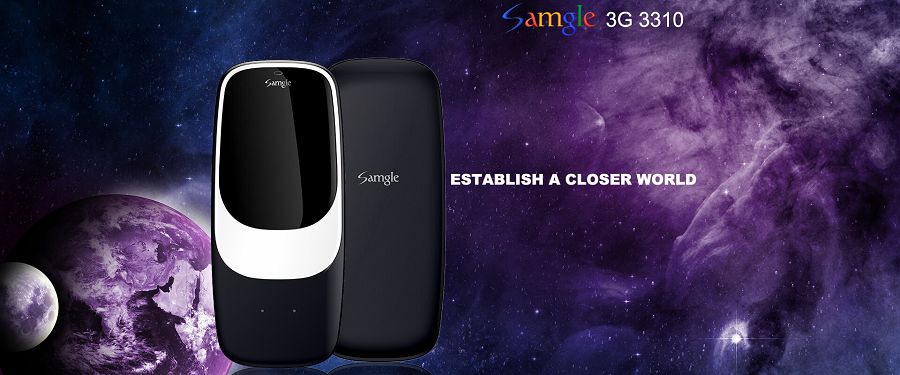
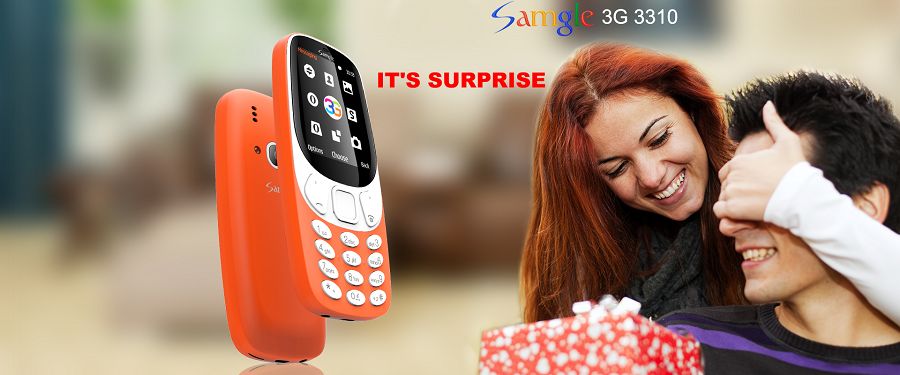

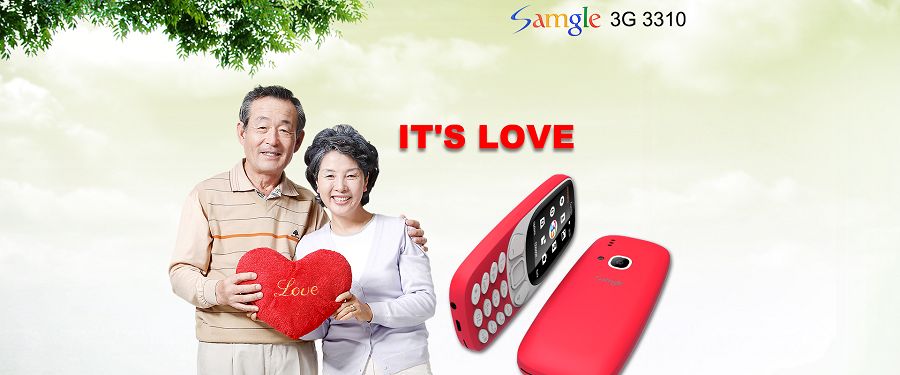


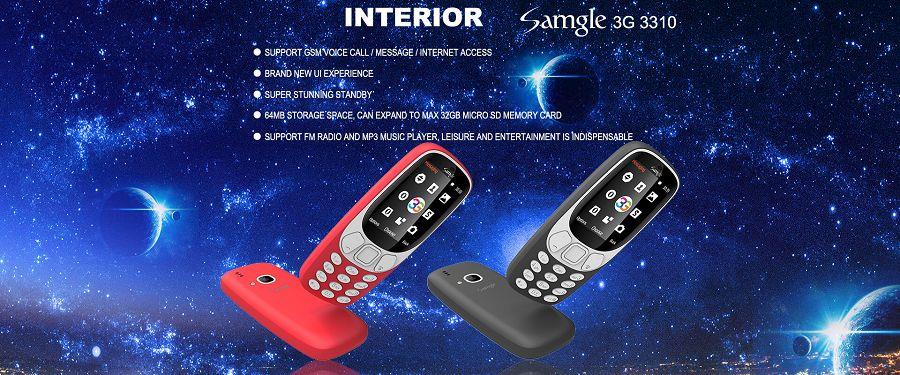
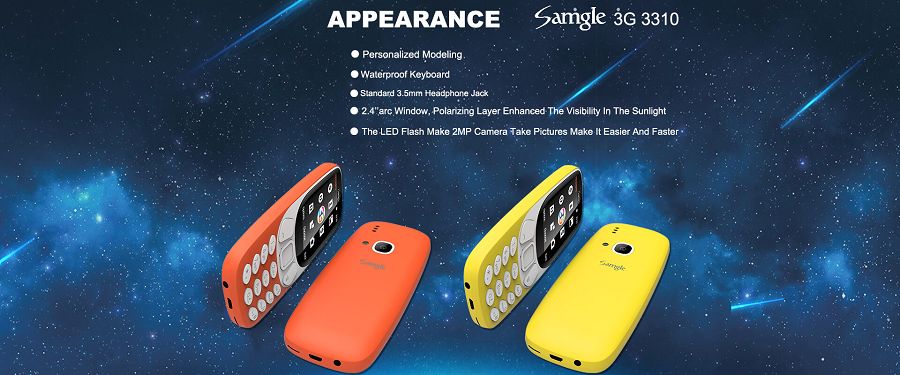
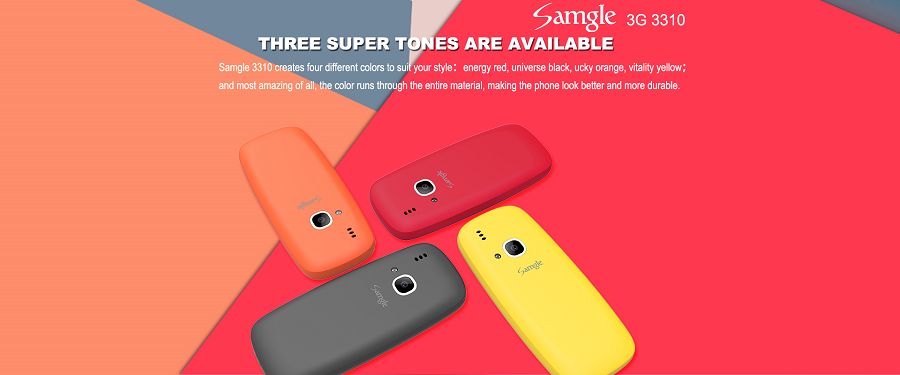

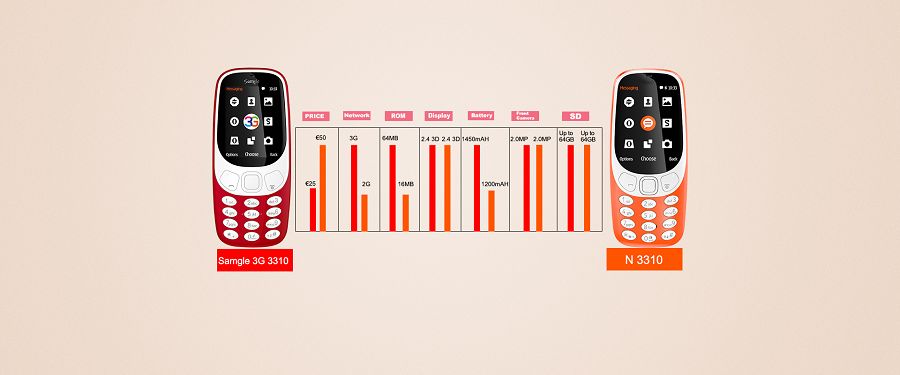
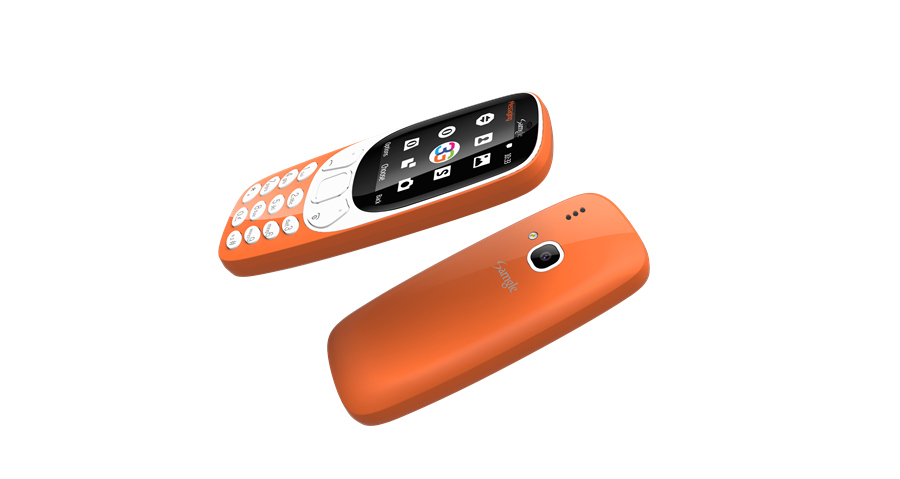
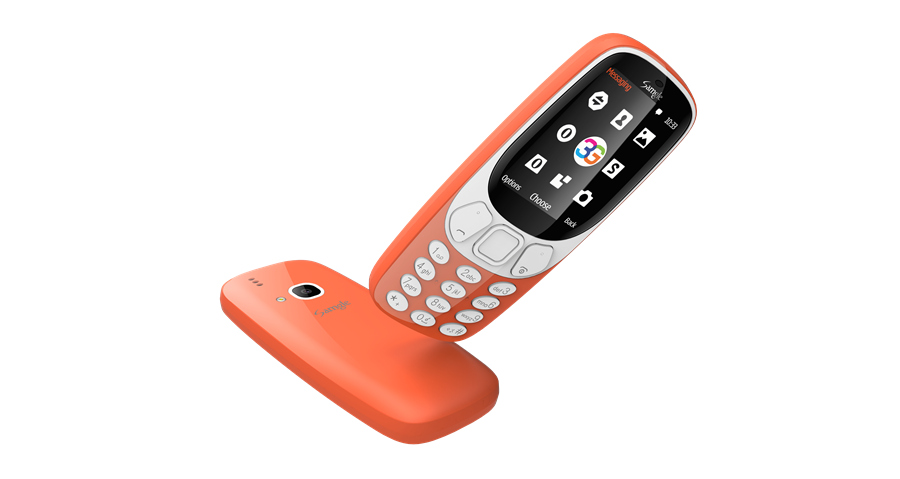
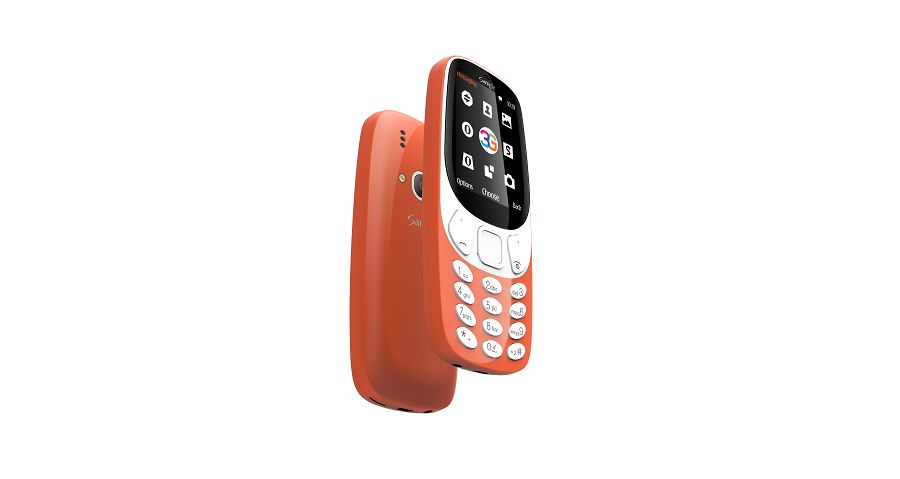

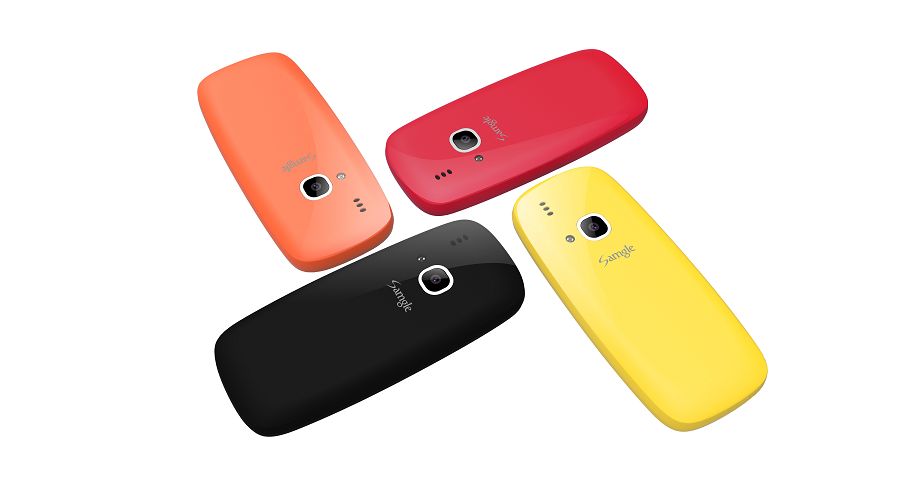
Q: Does it support portuguese?
A: support portuguese.
Q: can it support Arab language?
A: support Arab.
Q: Does this phone have a Bluetooth connection?
A: Yes it has.
Q: is this a 2G or 3G phone?
A: It is 3G phone.
Q: Does this phone have GPS, Thank you
A: Sorry that this phone doesn't have GPS,
Thanks for your attention.
Q: does it have vibration?
A: The item has vibration.
Q: Does it have a micro sim or nano sim card slot?
A: SIM Card Quantity: Dual SIM Card
Q: Does this product have bluetooth support?
A: yes
Q: tem radio o telefone
A: The item has radio
What is CDMA?
CDMA stands for Code Division Multiple Access. It is a wireless communication technology that allows multiple people to use a single radio channel at the same time with little interference and very high security. Conventional communication systems transmit and receive on one constant frequency; CDMA "spreads" a radio signal over a large frequency range, using a unique code to identify each transmitter/receiver pair. This allows many users to communicate on the same channel while making each transmission largely immune to natural interference, eavesdropping, and jamming.
Benefits
Most security and interference issues in radio frequency transmissions can be addressed by using CDMA technology. Because each sender/receiver pair has its own pseudo-random number (PN) code that is used to spread the signal across the frequency spectrum, multiple pairs can use the same channel without hearing each other. To receivers that don't know the code, the signals look like noise rather than data and is ignored. On top of this, the actual signals themselves are encrypted, so anyone trying to eavesdrop would need to know both the encryption key and the PN code, which makes it extremely difficult to do.
By using a spread spectrum, a jammer is less likely to be able to block the entire signal. That wide bandwidth also means that narrow band interference and multipath fading are unlikely to cause significant problems because they don't affect the entire spectrum. Since a very large number of people can use the same channel, switching from one transmission tower to another is usually not a problem because there is less concern that the new tower might not have the capacity to handle the signal and drop it.
Disadvantages
Although CDMA has a very high capacity, more users sharing a channel means they will generate more noise. This can come across as static in the transmission, and each individual receiver will have to use more power to get its signal out. At some point, the noise will become too loud, and decrease the range of the transmission tower.
Other Methods of Transmission
Radio communication systems use a spectrum of differing frequencies to carry signals. Early systems required each individual sender and receiver pair to occupy a single frequency to avoid interference, a system known as Frequency Division Multiple Access (FDMA). Although effective in reducing the likelihood that transmissions between different pairs would interfere with each other, it offered little security as any third party capable of tuning to the same frequency could listen to or jam the transmissions. Another of the outdated multiple use techniques is time division multiple access (TDMA) which requires pairs to communicate on the frequency band at specific times so that there was less interference. Again, although this method is effective at eliminating cross-talk, it is not secure.
The differences between these three multiple access disciplines can be illustrated by imagining a group of people in a small room. If everyone tried to have a conversation at the same time, the results would be chaotic. To best make sense of the conversations, each pair of people could speak a different language (CDMA), allowing them to speak privately and ignore everyone else because their voices would just be noise. The alternatives might be pitching their voices at different frequencies (FDMA) or taking turns speaking (TDMA). There would, however, still be no privacy since everyone could understand each other, and delays in getting messages across.
Uses of CDMA
CDMA was originally of primary interest to the military, which needed to be able to send radio messages that were difficult to block or listen in on. Its use has expanded greatly, however, and different types have come to form the basis for a wide range of wireless communication, mobile phone, and data transfer technologies. In the US, the name CDMA is most closely associated with one of the main types of cell phone service.
When referring to cell phones, CDMA is more accurately called CDMA2000 or cdmaOne. This technology is most common in the US, although it is used in parts of Asia and elsewhere around the world. It is often contrasted with Global System for Mobile Communications (GSM) technology, a competing cell phone standard that was originally based on TDMA and FDMA methods. With third generation (3G) mobile phone standards, however, both use technology based on code-division multiplexing. CDMA phones are perhaps best known for storing all data in the handset rather than in removable SIM cards like GSM.
What are CDMA Smartphones?
CDMA smartphones are a type of mobile phone that relies on code division multiple access (CDMA) technology to operate and to execute its most basic functions. The technology usually originates or at least focuses on a radio tower, and the signal it emits is what allows phones on a specific network to connect and receive service for voice calls and data exchanges. Most modern smartphones use either CDMA or a competing technology known as the global system for mobile communications (GSM). The choice is made at the carrier level, and phones that have been programmed for one or the other platform can’t usually switch carriers. Most of the world’s smartphones are GSM-formatted. CDMA technology is almost exclusively American, and is used most predominantly by a handful of U.S. providers.
Technology Basics
The mechanics of cell phone technology are often somewhat complicated, and usually involve a number of different components. Access mechanisms are one of the most important pieces of the puzzle, at least from a connectivity standpoint. Their role is to help ensure that the physical phone is able to access a data and voice network that will carry its calls and transmit information sent and received.
One of the most unique things about CDMA technologies is that a base station mobile phone tower has no cut-off point for number of users until the station decides call quality might suffer. CDMA uses what is known as "spread spectrum" technology. Put simply, a radio signal is divided, coded, and scattered over a wider range of frequencies than the original signal. The divided signal is then recombined once it reaches the receiver, based on the unique code assigned to each user's signal. Among some of the benefits, this allows for greater system capacity and increased security and privacy.
Inception
CDMA smartphones and the accompanying technology on which they rely have been in commercial use since 1995. The first CDMA technology, known as Interim Standard 95 (IS-95) was developed by Qualcomm® under the brand name cdmaOne®. It is considered a 2G, or second-generation, wireless telephone technology. The Qualcomm® standard IS-2000, otherwise known as CDMA2000®, is the 3G or third-generation technology used by most CDMA smartphones, though there are several variants of CDMA2000® technology in use as well. 4G and LTE networks similarly tend to have their own technologies, too.
Common Features
It's hard to tell just by looking at a phone whether it is using CDMA technology, and this connectivity platform can be used by pretty much any modern phone. Most have features such as multimedia messaging, video, high-speed Internet access and digital cameras. E-mail capability, QWERTY keyboard functionality, mobile television, and video conferencing are some other features that are available. This ability to offer more computing and connectivity functions than a basic feature phone is what distinguishes smartphones from basic mobile phones. The decision of how physical access is assigned is usually made at the carrier level and doesn't impact the phone's usefulness.
They are effectively computers — albeit smaller than laptop or desktop computers — that run operating system software that allow for the development of applications, or "apps." These are software programs that can be downloaded from the Internet and used on the smartphone. There are literally tens of thousands of smartphone apps available that perform numerous varied tasks, including banking, weather forecasting, social networking and gaming.
Alternative Platforms
The primary alternative to CDMA technology is the GSM platform, and indeed most of the world's smartphones run on GSM. There are other notable differences. One is that, with CDMA smartphones, the phone number is normally associated with the mobile telephone unit itself. With GSM technology, the phone number is associated with a removable subscriber identification module (SIM) card that must be used. The GSM platform is also significantly more open, and phone owners are usually able to reroute their devices to many different carriers. CDMA phones, on the other hand, are more frequently "locked" and can only be operated by the provider that sold them and initiated them initially.
What is a PDA Cell Phone?
A PDA cell phone is a hand-held mobile telecommunications device that shares the features of both a cell phone and a personal digital assistant (PDA). Such devices can also be referred to as smartphones, but there is no industry standard when it comes to the reference of these products. Because of this, any given PDA cell phone may carry a different number of features and functions that operate in a variety of ways.
Cell phones are quite ubiquitous today. They can be found anywhere and can truly be used by anyone at practically any age. The fundamental purpose of a cell phone is simply for communication between two or more people just about anywhere in the world.
While any PDA cell phone can be used as a cell phone, the PDA component can be a little more complicated when it comes to common functionality. There are many features common among personal digital assistants, but some of these may or may not be available on a specific model. For example, some PDAs have the ability to send out e-mail, while others have no connection to the Internet, though this is becoming more rare. Similarly, many new smartphones have built-in global positioning systems (GPS) for determining the user's location, but such additions are not necessarily standard with every PDA cell phone.
Other features found in many PDA cell phones are touch screens, keyboards, personal organizing software and cameras. Some varieties also have networking interfaces, Internet and e-mail capabilities. They are designed for people on the go who want to stay organized and have information at their fingertips—for business as well as personal use. This is especially true with advances in social networking and the desire to stay connected with many people. PDA cell phones carry a wide array of handy organizing tools, such as calendars, word processors and voice recorders, to make life more organized while staying connected to others.
While PDA cell phones are designed mainly for use on the go, they may also include features and interfaces that allow easy connection to electronic devices, such as home computers, music players and video devices. A major difference between various PDA cell phones today is their operating system, some of which run more like laptops and home computers. These systems can increase a phone's expandability by allowing even more features to be added after the phone has been purchased, rather that having a set bundle of features.
What Is a Secure Telephone?
A secure telephone enables confidential communication between two or more parties using mutual encryption. The parties can also utilize authentication technology to verify their identities before initiating a conversation. Secure telephones are in use at a number of government agencies and offices like embassies, in addition to companies that handle secure or proprietary information and want to make sure it remains confidential. The cost for setting up a system can depend on the type of technology and the level of encryption needed.
Ordinary telephone communications are highly vulnerable to a man in the middle attack, where another party taps into the line to listen in on the conversation. This could pose significant security risks if a conversation involved matters of national security or other sensitive information. With a secure telephone, the devices used by all parties on a call encrypt data on the way out, and decrypt it on the way in, using an encryption key. This can include not just voice but other data transmissions, allowing for transmission of text and video.
Users of secure telephone technology must have compatible systems, which can add to the expense. Organizations may need to maintain multiple systems to communicate with different contacts, or could need an overhaul to get current with a partner agency. Each system may use different methods to handle data, which means that competing products are often not compatible. One way around this is the use of secured communication on voice over Internet protocol (VoIP) technology, where users need software programs, rather than entire hardware systems, to secure their communications.
Some secure telephone models also provide room for authentication. This allows users to exchange keys to verify their identities before the phone call takes place, to limit the possibility of impersonation or spoofing. Authentication is usually necessary when parties on a phone call have the capability to authorize significant decisions, such as a launch of nuclear weapons. People on all sides want to make sure they are talking to the right people, and can exchange authentication information as well as unique codes during the call to confirm verbal orders.
Enabling secure communication on mobile devices can be somewhat more challenging, as they are by nature easier to sniff with devices that can harvest wireless signals. If the encryption is not sufficient, a hacker may be able to break it and listen in on conversations. This can be a concern for government officials who want to be reachable by secure telephone, and cannot always rely on landline access.
- Mobile Bridge 1 Pieces / (Min. Order)
- Mobile Crane 1 Pieces / (Min. Order)
- Mobile Bridge 1 Pieces / (Min. Order)
- Mobile Bridge C 1 Pieces / (Min. Order)
- Mobile Bridge 1 Pieces / (Min. Order)
- Mobile Lifts 1 Pieces / (Min. Order)
- Magic Box Mobile Powerbank 1 Pieces / (Min. Order)
- 12000 Giant Mobile Power 1 Pieces / (Min. Order)
- Cel Phones 1 Pieces / (Min. Order)
- HSP Mobile NET Device 1 Pieces / (Min. Order)
- Mobile Speaker 1 Pieces / (Min. Order)
- Mobile Cleaner 1 Pieces / (Min. Order)
- Mobile Toolbox 1 Pieces / (Min. Order)
- Mobile Cranes 1 Pieces / (Min. Order)
- Mobile Billboard 1 Pieces / (Min. Order)
- Mobile Lift 1 Pieces / (Min. Order)
- 2K Mobile Toilet 1 Pieces / (Min. Order)
- 4K Mobile Toilet 1 Pieces / (Min. Order)
- Microfiber Pinic Towel 1 Pieces / (Min. Order)
- Gesture Phones S3 1 Pieces / (Min. Order)
 Menu
Menu





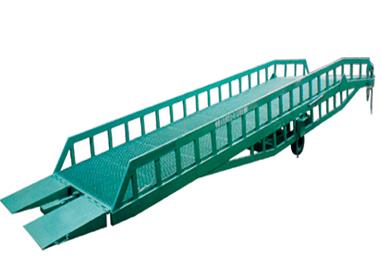


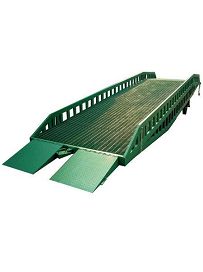



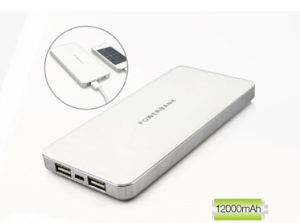
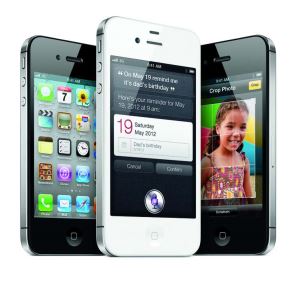
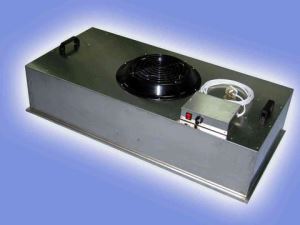
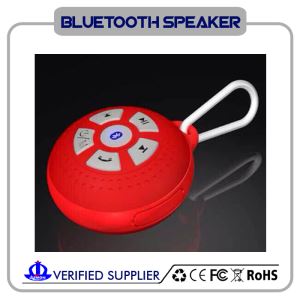


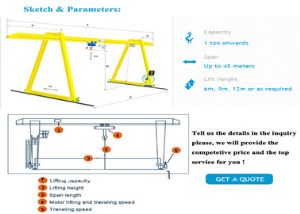
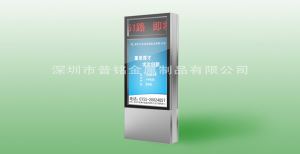


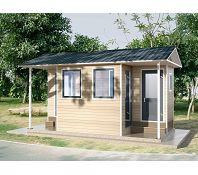

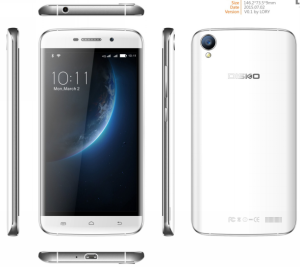
 Favorites
Favorites
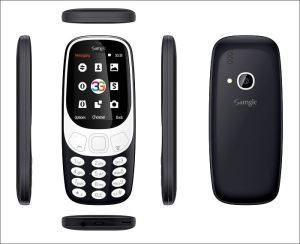

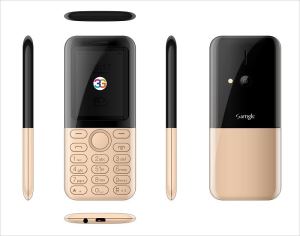
 Frequent updates ensuring high quality data
Frequent updates ensuring high quality data
 Over 5000 customers trust us to help grow their business!
Over 5000 customers trust us to help grow their business!

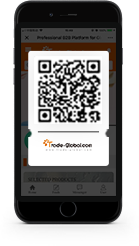
 Menu
Menu